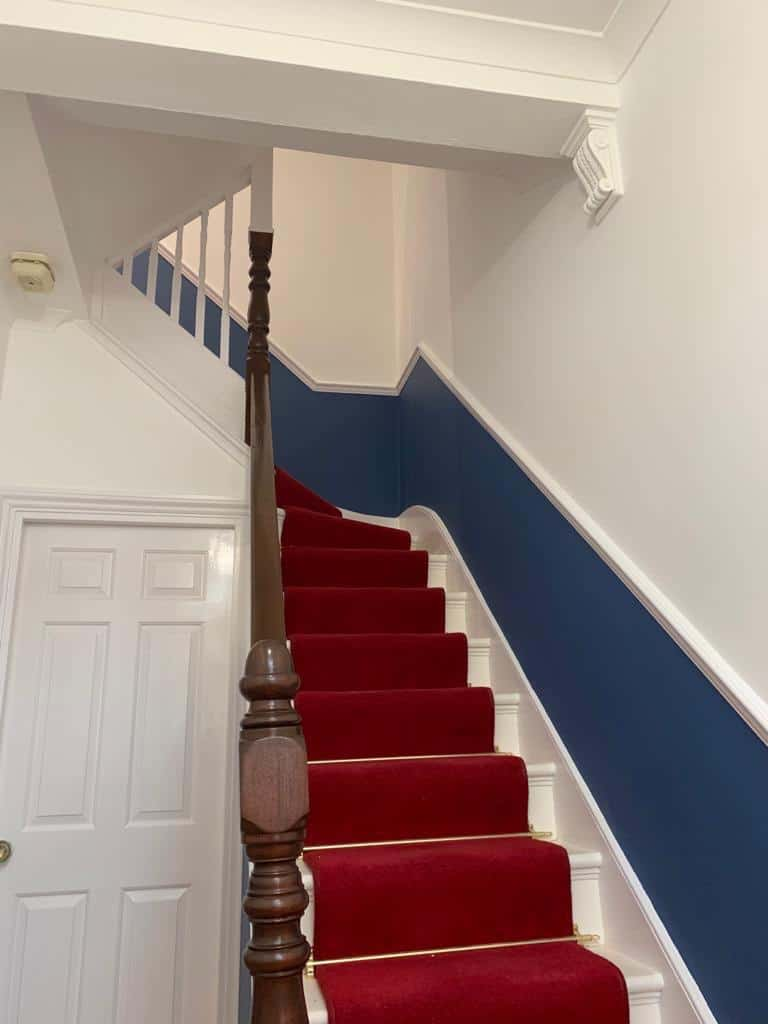When Should You Re-Plaster Your Walls? A Homeowner’s Guide
As a homeowner, it’s easy to overlook the condition of your walls until they start showing visible signs of damage. However, proper plastering plays a crucial role in maintaining the overall integrity and aesthetics of your home. Whether you’re dealing with cracks, peeling, or outdated walls, re-plastering your property may be necessary to keep it looking its best.
At Buxton Plastering, we specialise in professional plastering services in Buxton, Derbyshire. In this blog post, we will guide you through the key signs that indicate it’s time to re-plaster your walls and explain why this important home improvement task should not be delayed.
1. Cracked or Damaged Walls
Cracks in your walls are one of the most common signs that plastering may be needed. Over time, natural settling or structural issues can cause walls to crack. If these cracks are becoming more pronounced, they may signal the need for re-plastering.
Types of cracks that may indicate a need for re-plastering:
- Hairline cracks: These are typically superficial but may worsen over time if left untreated.
- Large cracks: Larger cracks, especially those that run vertically or diagonally, may indicate underlying structural problems that require plastering repairs.
- Movement cracks: If the cracks seem to widen or change shape over time, it’s crucial to address them before they cause further damage.
Cracks in your walls not only affect the appearance of your home but can also allow moisture to seep in, leading to more serious issues down the line. Re-plastering can restore the integrity of your walls and prevent further damage.
2. Peeling or Bubbling Paint
Peeling or bubbling paint on your walls can be a clear sign of underlying problems with the plaster. This often occurs when moisture has infiltrated the plaster, causing it to lose adhesion to the surface. In many cases, this moisture damage can worsen if not addressed promptly.
Possible causes of peeling or bubbling paint:
- Rising damp: This occurs when moisture from the ground rises up through the walls, affecting the plaster and causing the paint to peel away.
- Water leaks: Leaks from plumbing or a damaged roof can allow water to penetrate the plaster, leading to bubbles or peeling.
- Poor plastering: If the original plaster was not applied correctly, it may fail to bond properly with the wall surface, causing paint to peel.
If you notice peeling paint or bubbles, it’s essential to inspect the underlying plaster. Re-plastering the area will provide a smooth surface for new paint and ensure the issue doesn’t resurface.
3. Damp or Mould Growth
Damp walls and mould growth are serious issues that can lead to long-term damage if not addressed immediately. Mould thrives in damp conditions, and if the plaster has absorbed moisture, it may act as a breeding ground for fungi and bacteria.
Signs of dampness or mould:
- Discolouration: Walls may appear discoloured or stained in areas where mould is growing.
- Fungal growth: If you notice black, green, or white mould patches on the walls, it’s a clear sign that your plaster is retaining moisture.
- Musty odours: A persistent damp smell in your home is often an indicator of hidden mould growth.
If dampness or mould is present, it is crucial to address the issue as soon as possible. In many cases, re-plastering the affected walls will be necessary to remove the old plaster and prevent further mould growth.
4. Uneven or Bumpy Surfaces
If your walls have developed a bumpy or uneven texture over time, this may indicate that the plaster is no longer providing a smooth surface. This can be caused by poor installation, wear and tear, or the natural settling of your home’s structure.
Problems caused by uneven plaster:
- Aesthetics: Bumpy, uneven walls detract from the appearance of your home and make it difficult to achieve a smooth paint finish.
- Structural issues: If the plaster is uneven due to structural settling, it’s important to address the underlying cause to prevent further damage.
- Increased maintenance: Walls with an uneven surface are harder to maintain, requiring more frequent touch-ups and repairs.
Re-plastering your walls can restore a flat, smooth surface, enhancing both the functionality and aesthetic appeal of your home.
5. Outdated or Unfashionable Walls
In some cases, the need to re-plaster your walls isn’t due to structural or moisture issues but rather a desire to modernise your home’s appearance. Old plaster may have become cracked or worn, and outdated finishes such as Artex can make your home feel dated.
Benefits of re-plastering for cosmetic purposes:
- Improved aesthetics: Re-plastering gives you the opportunity to update the look of your home with a fresh, clean finish.
- Increased value: A well-maintained, modern interior can increase the value of your property, making it more attractive to potential buyers.
- Enhanced functionality: New plaster can help to smooth out imperfections and create a more uniform surface, making your home more inviting.
Re-plastering is an affordable way to refresh the interior of your home and bring it in line with current design trends.
6. When to Call a Professional Plasterer
While minor wall issues can often be addressed with DIY methods, re-plastering is a skilled job that should be left to professionals. A qualified plasterer can assess the extent of the damage, recommend the best course of action, and apply the correct plastering techniques to ensure a smooth, durable finish.
Why hire a professional plasterer?
- Expert assessment: A professional can accurately assess whether re-plastering is necessary and identify any underlying issues, such as damp or structural damage.
- High-quality finish: Plastering requires a level of expertise to achieve a smooth, even surface. A professional can ensure the job is done right, avoiding common mistakes such as uneven application or poor adhesion.
- Long-lasting results: Properly applied plaster will last longer, saving you time and money in the long run.
Conclusion
Re-plastering is a crucial part of home maintenance that can restore the beauty, safety, and integrity of your walls. If you notice cracks, peeling paint, dampness, or uneven surfaces, it may be time to consider re-plastering your home. At Buxton Plastering, we specialise in providing high-quality plastering services in Buxton, Derbyshire. Whether you’re dealing with minor imperfections or larger issues, we can help restore your walls to their former glory.
Don’t wait for the problem to worsen. Contact us today to discuss your plastering needs and schedule a consultation with one of our experienced plasterers. Let us help you maintain a smooth, secure, and aesthetically pleasing home.
Call us on: 01298 608 485
Click here to find out more about Buxton Plastering
Click here to complete our contact form and see how we can help with your plastering needs.

